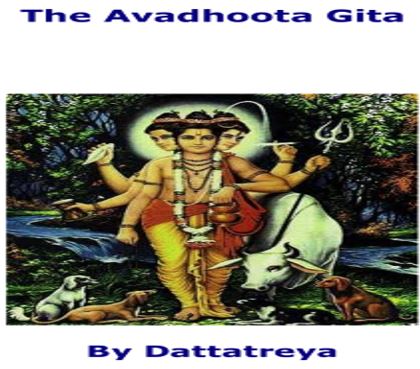The Avadhuta Gita is a Sanskrit text of Hinduism whose title means “Song of the free soul.”
It is a non-dualistic text that teaches the oneness of all reality.
The text is attributed to Dattatreya, an avatar of Vishnu.
The Avadhuta Gita is a short text, consisting of only 289 verses.
However, it is a very dense and profound text. The text is written in a poetic style, and it is full of symbols and metaphors.
The Gita teaches that the true nature of the self is Brahman, the infinite and unchanging reality. Brahman is beyond all name and form, and it is beyond all duality.
The Gita also teaches that the world is an illusion. The world is Maya, which means “illusion.”
The world is not real, but it is a projection of our own minds.
The Avadhuta Gita teaches that the way to liberation is to realize the true nature of the self.
This is done through self-inquiry and meditation.
Here is a translation of the first verse of the Avadhuta Gita:
I am the Self, the supreme Brahman, Beyond all name and form, Beyond all duality. I am the eternal, unchanging reality.
The Avadhuta Gita is a challenging text, but it is also a very rewarding text.
It can help us to understand our true nature and to achieve liberation.
Here are some other notable verses from the Avadhuta Gita:
- There is no difference between the individual soul and the supreme Brahman.
- The world is an illusion, but Brahman is real.
- The way to liberation is to realize the true nature of the self.
- The self is beyond all good and evil.
- The self is beyond all life and death.
The Avadhuta Gita is a powerful text that can help us to transform our lives. It is a text that should be studied and meditated upon by anyone who is interested in spiritual liberation.

